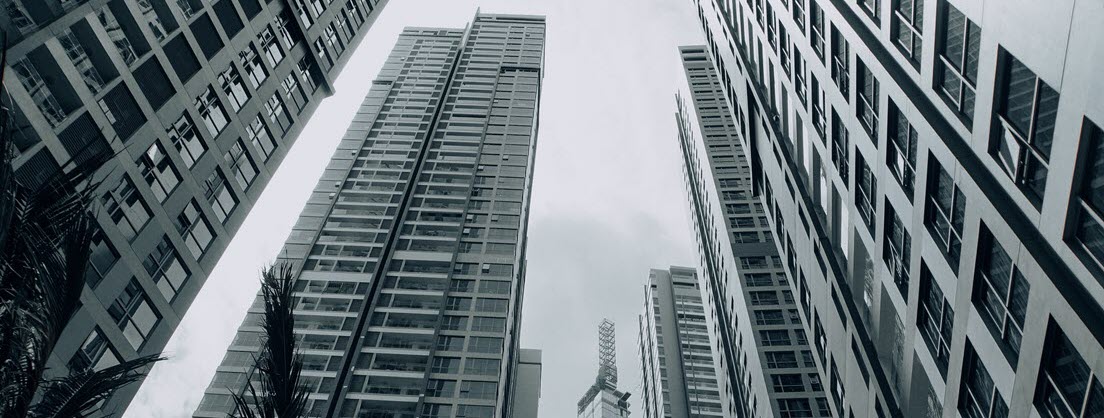
New construction tends to organically LEED the way to increased energy and water efficient measures. More and more commercial operations innovate through technologies, and contractors design smarter and leaner every time they break ground. Customers expect businesses to be more environmentally aware, which adds even more motivation. Still, you don’t have to go back to square one to reduce your footprint and achieve your LEED certification.
Existing buildings can earn points (and prove them) by upgrading to IoT-enabled technology. LEED recognizes green buildings across the world with approximately 70,000 building projects rated and registered as LEED in the US alone since the program came out. For existing businesses that may not want to rebuild, data helps them find opportunities and prove efficiencies.
LEED rating systems for existing buildings
Building owners have options for pursuing LEED certification, depending on their goals, such as cost savings, increased productivity or operational enhancements:
- LEED Operations and Maintenance (LEED O+M) – used to certify the operations and maintenance of a building project – rates both the physical systems and the way the building is operated. You can work towards LEED O+M for the entire building or simply approach a specific area within the building, such as a cafeteria or exercise room.
- LEED for Interior Design and Construction (LEED ID+C) centers around improving the interior for people’s wellbeing, not just the environment’s. This option works well for shared spaces, especially ones in metropolitan areas or that experience high traffic over long periods of times, such as office buildings.

Smart water solutions for both certification options
In both cases, the Smart Water Systems help owners score points for certification (and score points with customers). Connected products, enabled by IoT technology, improve, measure and verify a building’s water consumption and water system efficiency.
The LEED Smart Water Systems credit focuses on data collection, analysis and data-driven efficiency improvement. This is where smart technologies come in. Connected plumbing fixtures and devices gather data to alert owners of leaks and dive deeper into water usage insights. From there, facilities teams can better control water consumption, performance thresholds and preventive maintenance.
For example, with connected faucets and connected flush valves, facilities teams can closely track fixture usage patterns and water consumption metrics and trends. They can set customized alert parameters to detect issues and repairs needed, and reminders to perform preventive maintenance at low-traffic times. They can also learn more about the restroom environment itself, allowing them to lower flow settings, etc.
Connected backflow preventers can monitor flow, pressure and allow for remote shutoff. Maintenance and facilities teams can also view relief valve discharge over periods of time. That way, they can get a better handle on total water used from your municipal water supply and segregate those metrics from your building’s use of other water sources. Backflow preventers dually work towards LEED by conserving indoor greenspaces.
Bottom line: Monitoring is the key to gaining a better understanding of an existing building’s water system and usage patterns and data takes you to the certification finish line. Connected products allow facilities management teams to identify opportunities to reduce water consumption and make data-driven decisions that can prevent major issues or water loss.
LEED certification is much more than a rubber stamp to show your commitment to sustainability. There are measurable operational benefits and economic impacts. Here are the top three:
- Higher building occupancy and lease rates
According to data analysis by the S. Green Building Council, LEED-certified buildings attract more tenants at higher rents than non-green buildings. - Reduced energy and water use
A year-long assessment of 22 sustainably designed US buildings, revealed the LEED-certified buildings used 25% less energy and 11% less water than industry average. What would that mean for your utility bills? - Competitive market advantage and improved financial performance
Real estate investors look for a faster return, making the property more valuable. On top of that, building owners may experience local and federal tax breaks, greater profits from a boost in productivity, and lower energy and water consumption costs.
Interested in connected products to improve your building’s efficiency? Visit zurn.com/plumbsmart to start your path to LEED Certification without a complete rebuild.






